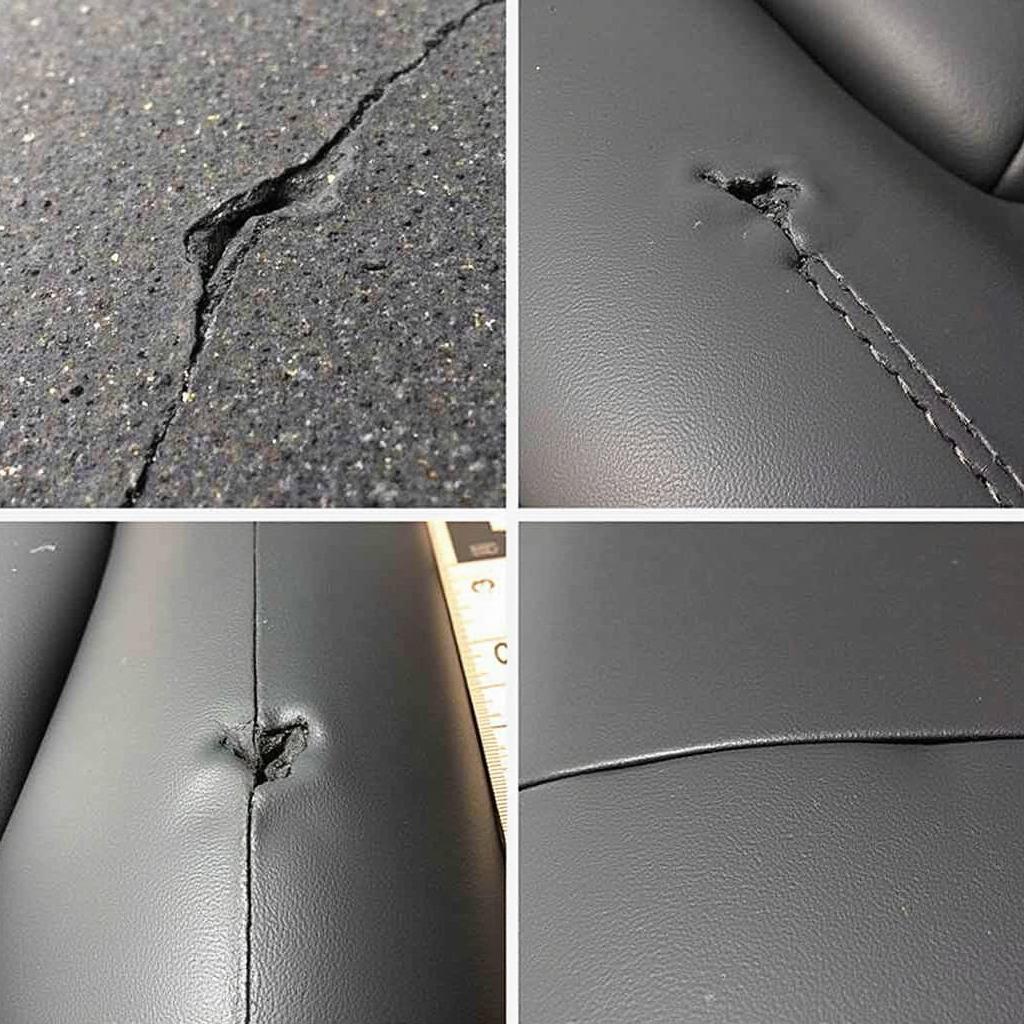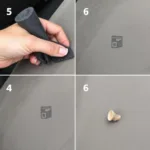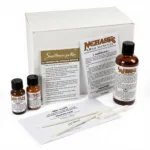Choosing the right adhesive for car seat repair can be a real head-scratcher. Whether you’re dealing with a minor tear in the fabric or a more serious split in the leather, you want a solution that lasts. That’s why finding the best glue for car seat repairs is crucial for a clean, durable fix.
Understanding Your Car Seat Repair Needs
Before you rush to grab the first glue you see, it’s essential to assess the damage and understand your needs:
- Material: What is your car seat made of? Leather, vinyl, or fabric? Different materials require different types of glue for optimal adhesion.
- Severity: Is it a small tear, a loose seam, or a significant rip? Minor repairs might need flexible glue, while major damage could demand something heavy-duty.
- Location: Is the damage on a high-wear area like the driver’s seat or a less-used spot? High-traffic areas need a more robust, long-lasting adhesive.
Top Glue Options for Car Seat Repairs
Let’s dive into some of the best glue options available:
Fabric Car Seat Repair
- Fabric Glue: Specifically designed for fabric-to-fabric bonding, fabric glue offers flexibility and a strong hold. It’s ideal for repairing small tears, rips, and loose seams on fabric car seats.
- Spray Adhesive: This option provides a wider coverage area, making it suitable for attaching fabric patches or securing larger sections. Look for a spray adhesive formulated for upholstery and ensure proper ventilation during application.
Leather and Vinyl Car Seat Repair
- Leather Glue: This specialized adhesive is formulated to bond with leather and vinyl surfaces, offering a flexible and durable repair. Look for a leather glue that dries clear and remains pliable even after drying.
- Vinyl Repair Kit: For larger tears or holes, consider a vinyl repair kit. These kits usually contain a patch, adhesive, and color matching compounds for a seamless repair that blends with your existing upholstery.
Pro Tip from John Miller, Automotive Upholstery Expert: “Always test your chosen glue on an inconspicuous area of your car seat first to check for any discoloration or adverse reactions with the material.”
Choosing the Right Glue: Factors to Consider
- Drying Time: Consider the drying time of the adhesive, especially if you need to use your car soon after the repair.
- Flexibility: Choose a flexible glue that moves with the fabric or leather to prevent cracking or peeling over time.
- Water Resistance: Opt for a water-resistant adhesive, particularly for car seats prone to spills or exposure to moisture.
- Color: Some glues dry clear, while others might require color matching. Select the appropriate option based on your car seat’s color and the visibility of the repair.
Tips for Successful Car Seat Glue Repair
Follow these tips for a long-lasting and professional-looking repair:
- Clean the Area: Thoroughly clean the damaged area with a suitable cleaner to remove dirt, dust, or debris. Allow it to dry completely before applying any glue.
- Apply Evenly: Apply a thin, even layer of glue to both surfaces you want to bond. Avoid using too much glue, as it can seep out and create a messy finish.
- Clamp or Secure: Use clamps, weights, or tape to hold the repaired area together while the glue dries. Refer to the glue’s instructions for the recommended clamping time.
- Trim Excess Glue: Once the glue is dry, carefully trim away any excess adhesive using a sharp blade or scissors.
- Condition Leather: If you’re repairing leather seats, consider applying a leather conditioner after the repair to restore its suppleness and protect it from future damage.
FAQs about Car Seat Glue Repair
Can I use superglue on car seats?
While superglue might seem like a quick fix, it’s not recommended for car seat repairs. It can create a rigid bond that can crack or break under stress. Moreover, superglue can damage certain fabrics and vinyl.
How long does car seat glue take to dry?
Drying time varies depending on the type of glue used. Generally, fabric glue takes around 24 hours to cure fully, while leather glue might need up to 72 hours to reach maximum strength. Always refer to the manufacturer’s instructions for specific drying times.
Can I repair a car seat with a cigarette burn?
Repairing a cigarette burn on a car seat can be challenging and often requires professional help. Depending on the severity of the damage, upholstery repair specialists can patch the area or use specialized techniques to minimize the burn mark.
Need Help With Your Car Seat Repair?
Finding the best glue for car seat repairs is only the first step. If you’re unsure about tackling the repair yourself or dealing with extensive damage, don’t hesitate to seek professional help. For expert advice and assistance, get in touch with us via WhatsApp at +1(641)206-8880 or email us at [email protected]. Our team is available 24/7 to answer your questions and provide top-notch car repair support.



